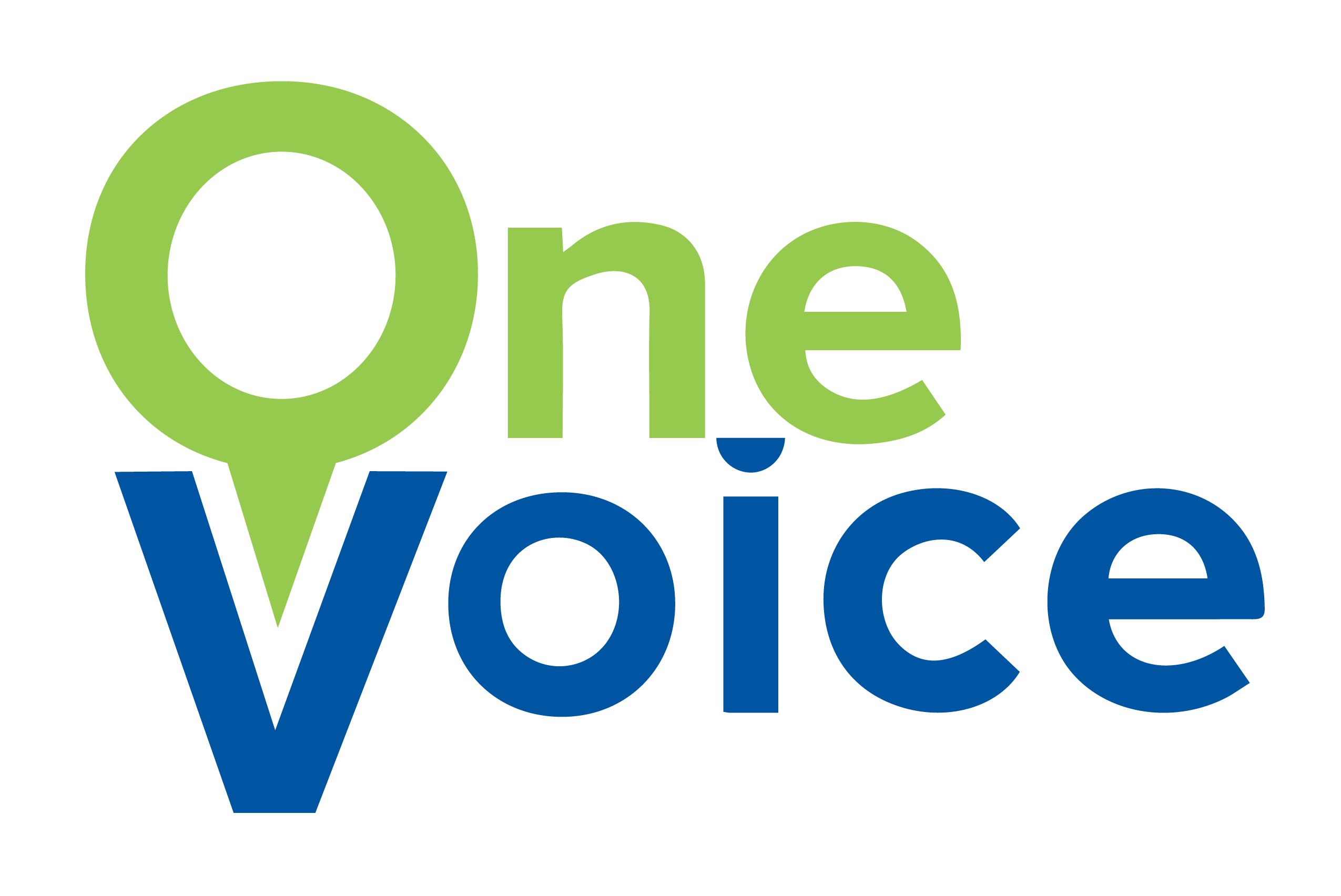Local governments are the heartbeat of strong communities, playing a vital role in advancing economic mobility, especially in majority-Black and rural areas. Despite persistent barriers—rooted in historical inequities, underinvestment, and systemic policy failures—as well as differing policy priorities at the federal and state levels, municipalities and counties have the power to shape policies that directly impact residents’ daily lives. Through strategic policymaking and community-driven initiatives, local governments can serve as engines of progress, fostering opportunity and equity in Black and rural communities across Mississippi. This policy agenda outlines key priorities to achieve local prosperity.
By leveraging partnerships, maximizing federal and state resources, and prioritizing community-led solutions, local governments can overcome financial and structural challenges to build stronger, more resilient communities. Bold, equity-centered policymaking—rooted in local needs and guided by data and public engagement—can transform economic and social outcomes for Black and rural Mississippians. While systemic challenges remain, municipal leadership has the power to drive meaningful change, ensuring that every resident has the opportunity to thrive. This policy agenda serves as a roadmap for action, empowering local governments to create a more just and prosperous future.

Our mission is to ensure an equal voice for traditionally silenced communities. When One Voice’s work is done, we envision a Mississippi with a healthy vibrant thriving neighborhoods, schools, economy, and most importantly families.
123 Main Street
New York, NY 10001
One Vision. One Village. One Voice